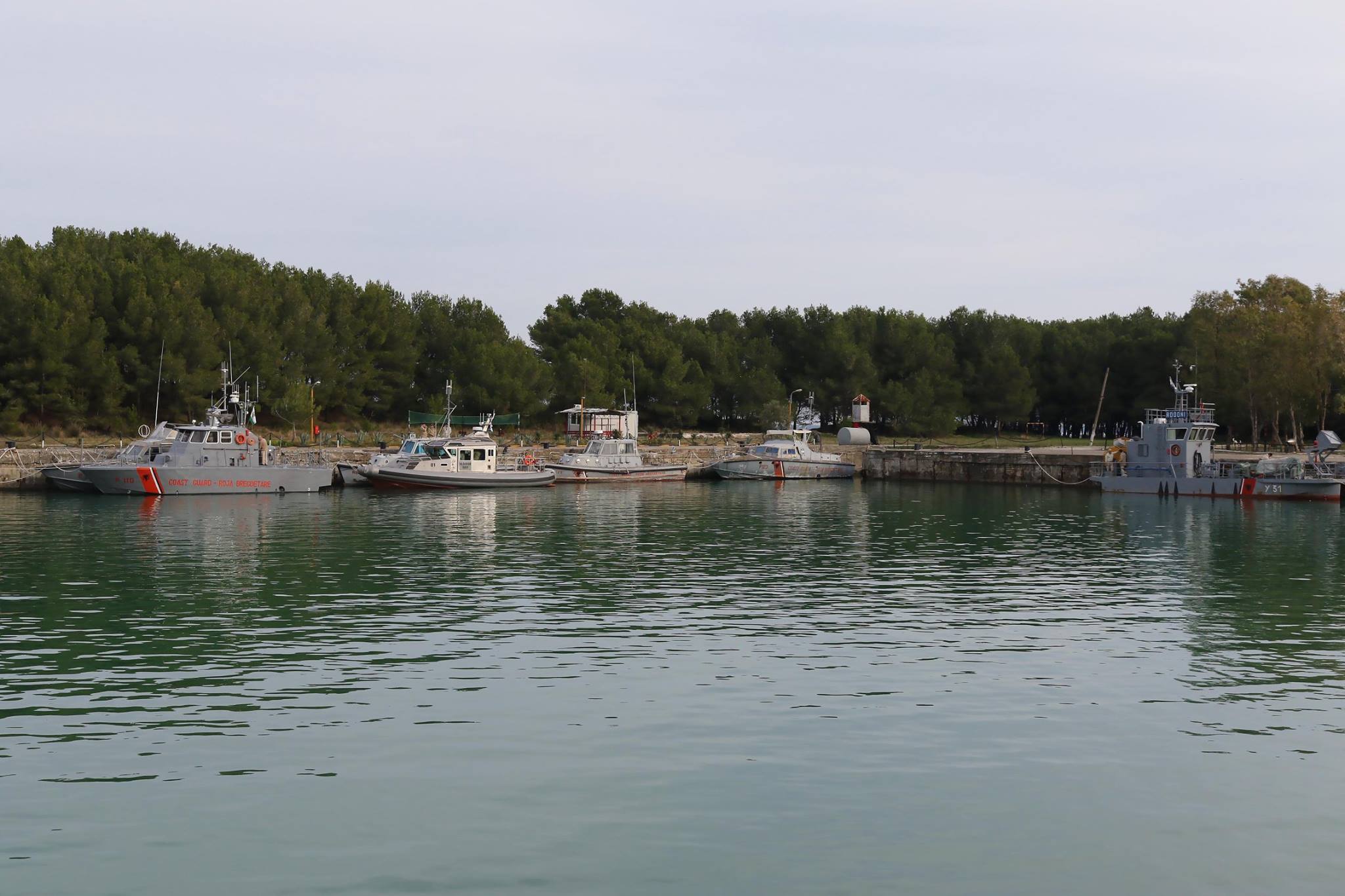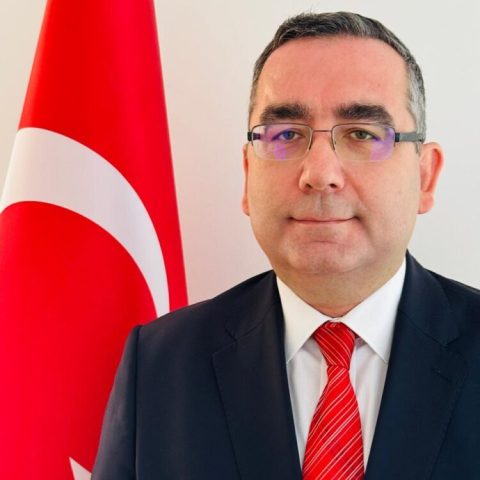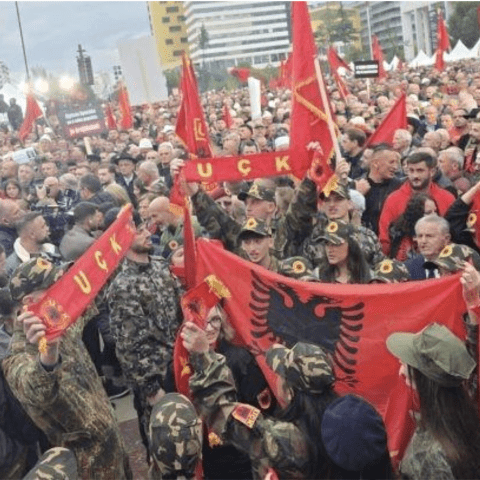TIRANA, Jan. 15 – Albania is planning to open up more military units, some of which secretive military bases under communism, in a bid to attract more tourists and diversify the sites that can be visited in the country.
The announcement comes after the Sazan Island, a military base in southern Albania turned into a popular tourist attraction after first opening up in 2017 following decades of secrecy and mystery.
Managed by the defense ministry, the Sazan Island was first used by the Italians until World War II before becoming the country’s most secretive base under communism when it was fortified with bunkers and tunnels designed to withstand a possible nuclear attack that the Albanian communist authorities feared.
The tiny now uninhabited 5.7-km2 island and the Karaburun peninsula form the first and only national marine park of Albania.
Defense Minister Olta Xhacka, says the ministry is also considering turning two other naval military bases, the Cape of Pal base in Durres and the Shengjin base in Lezha into tourist attractions.
“The modernization of armed forces is one of the main priorities for the next four years. Bases such as Shengjin or the Cape of Pal as well as naval bases bear special importance and value in the history of armed forces but also for the development and tourist potential of their surrounding areas,” minister Xhacka has said.
“We will soon examine all opportunities on new investment, new projects on the revitalization of such bases. There is an emergency need to invest, but also great potential to get developed and be more attractive and have a positive impact on the economy,” says Xhacka, Albania’s second-ever female defense minster.
The museum of Albania’s armed forces is also on the ministry’s agenda to become accessible to everybody. Located at the defense ministry’s Tirana headquarters, the museum displays some 3,600 items dating back to the 15th century era of Albania’s national hero, Skanderbeg, and the century-old history of Albania’s modern armed forces established in 1912 when Albania declared its independence.
“We will soon make accessible to everybody this museum which houses 105 years of Albanian military history, by turning it into an attraction and including it in the Tirana city guide,” the minister says.
Under the 45-year communist regime, Albania had a considerable air fleet of Soviet Union and Chinese MiG 15, 17, 19 and 21. A number of them are displayed in the country’s state museums, including the museum of armed forces in Tirana.
The Albanian government was planning to sell its stock of Soviet-era MiG fighter aircraft inherited from the Cold War under communism in early 2016 but later cancelled the tender citing ‘public interest reasons.’
The last MiG fighter took off from the Kuà§ova military air base in November 2004 just before Albania declared their retirement and its shift to pure helicopter force.
Albania declared that it had cleared all known mined areas and all known unexploded ordinance in by 2009 when it joined NATO. However, Albania continues to face a threat from abandoned explosive ordnance around former army ammunition storage sites from the notorious looting of army depots triggered by the collapse of some pyramid investment schemes.
The ministry says the few remaining ammunition hotspots are on track to be cleared by the end of 2018.
Closed to tourists for about five decades until the early 1990s, Albania offers a miscellaneous picture of coastal and mountain tourism and has been attracting more and more foreign tourists in the past decade, being nicknamed a “A new Mediterranean love” and “Europe’s last secret.”
The communist past is what fascinates most tourists about Albania, which was cut off from the rest of the world under a Stalinist dictatorship for about five decades until the early 1990s.
The House of Leaves museum of the notorious Sigurimi police surveillance in downtown Tirana, a Cold War bunker outside the capital city that the former communist regime had built underground decades ago to survive a possible nuclear attack and the Sazan Island military base south of the country all house the mystery and phobia of the country’s communist leaders for about five decades until the early 1990s.
The tourism industry has been one of the country’s fastest growing in the past few years, attracting more than 4 million tourists and generating about €1.5 billion, about 14 percent of the country’s GDP, in 2016 alone.










